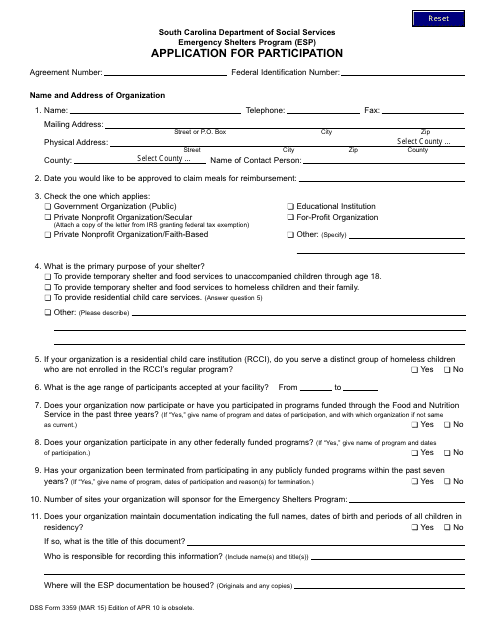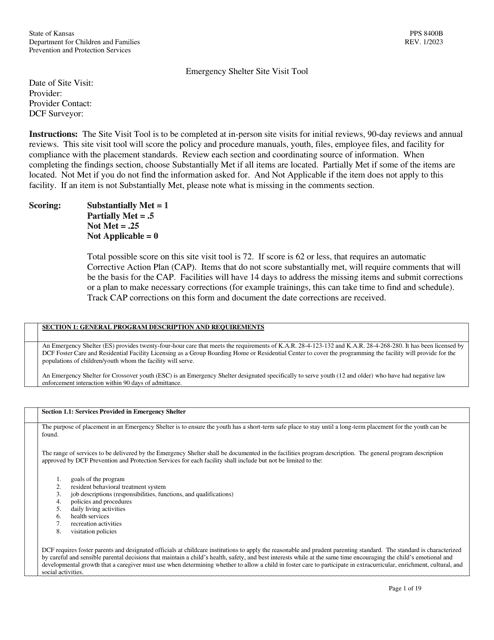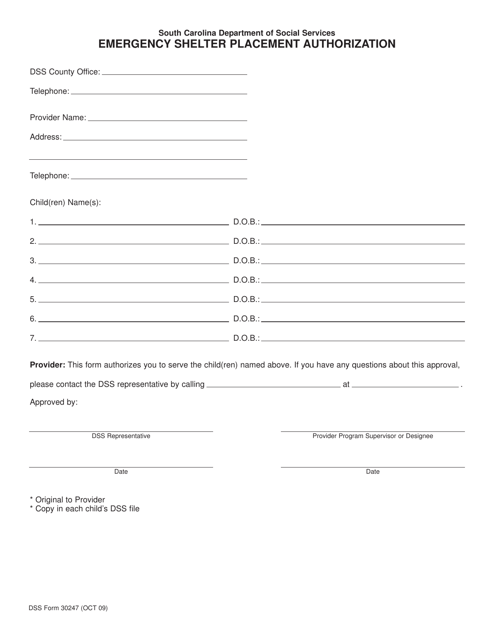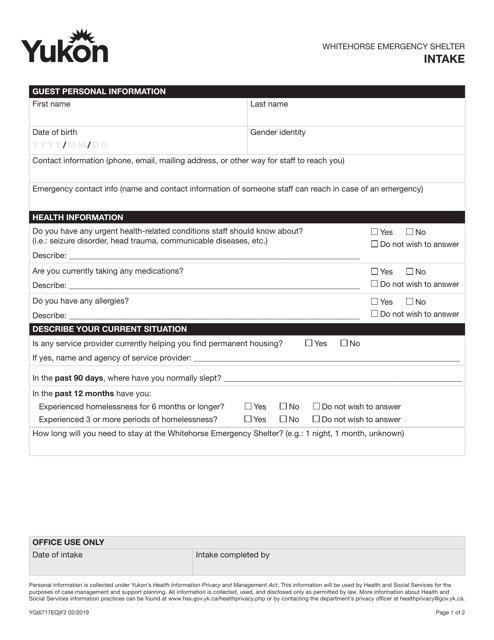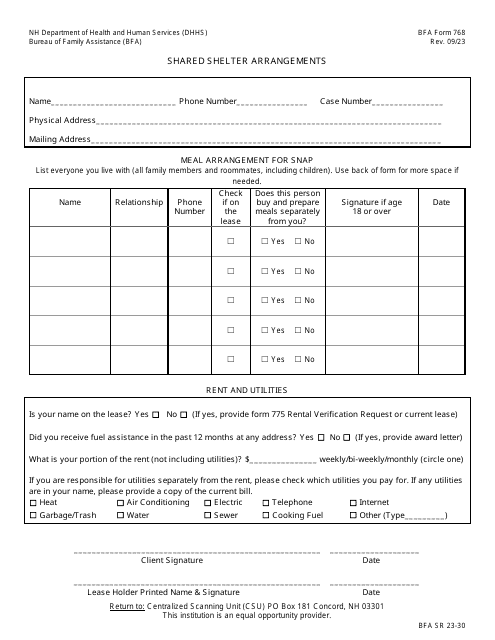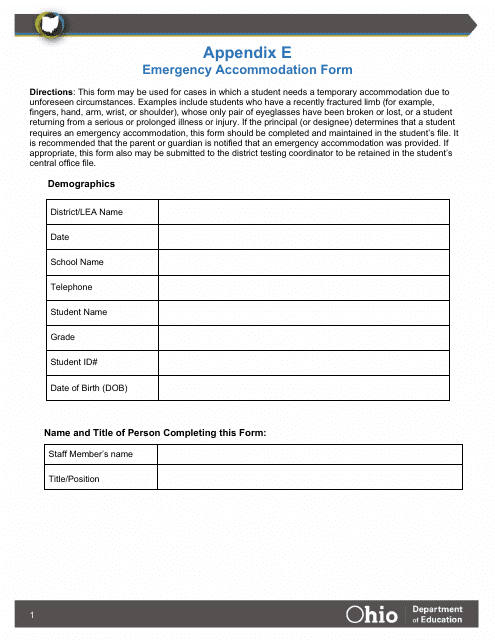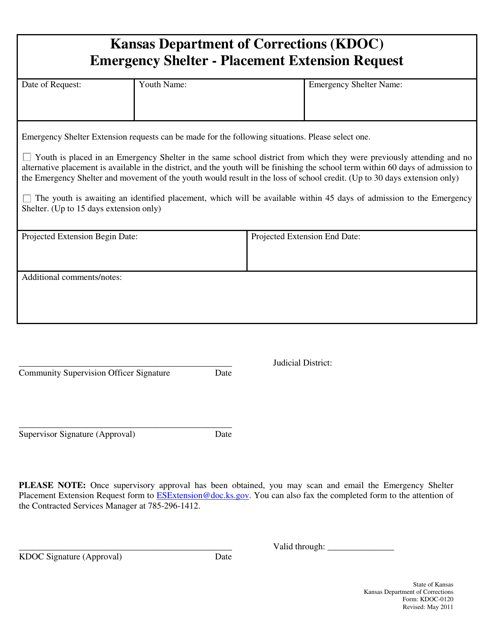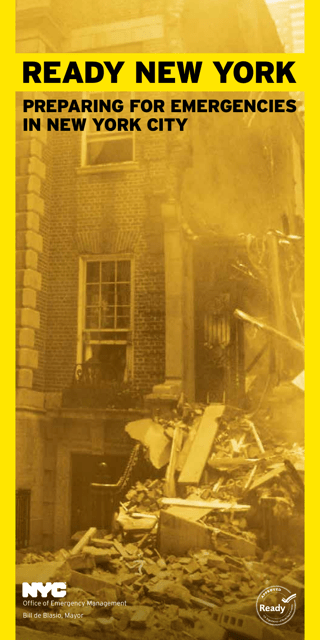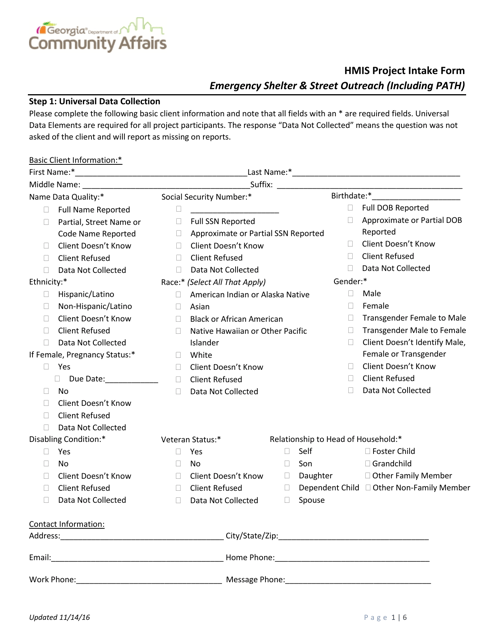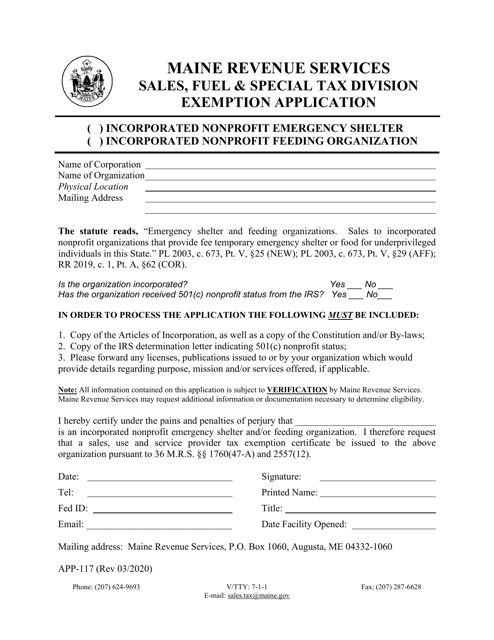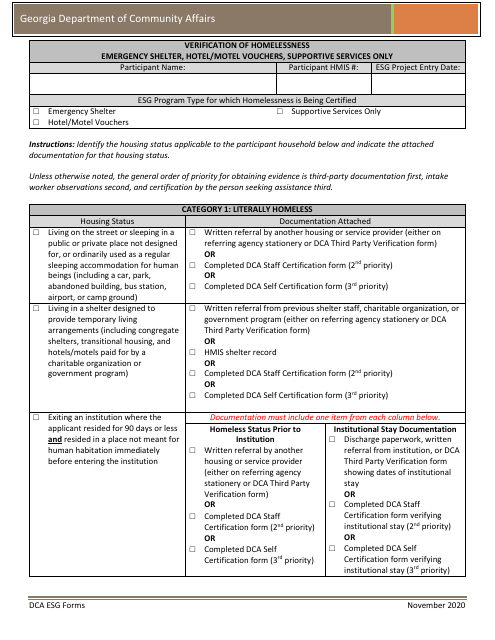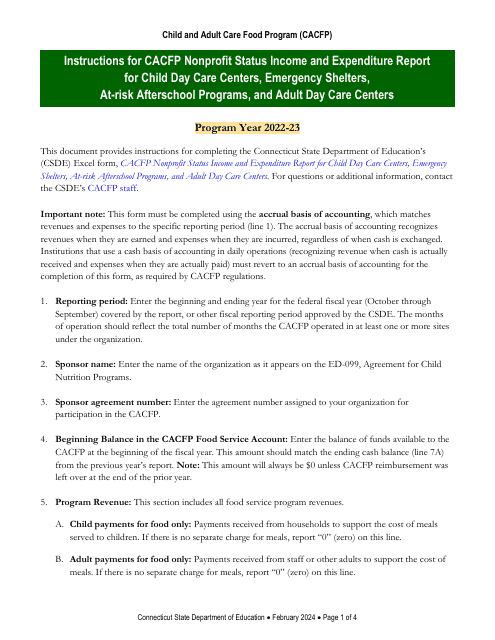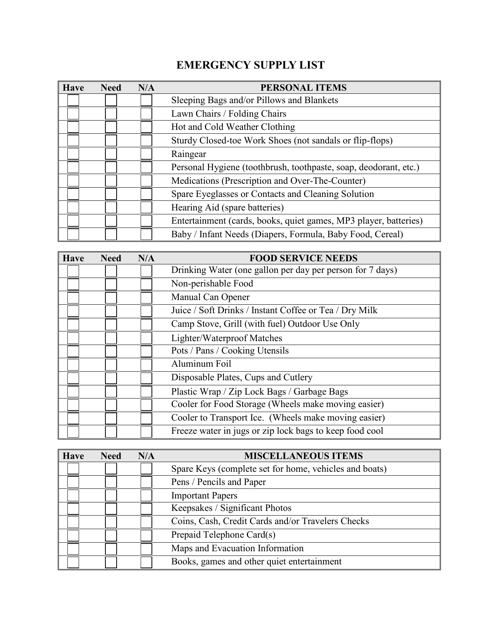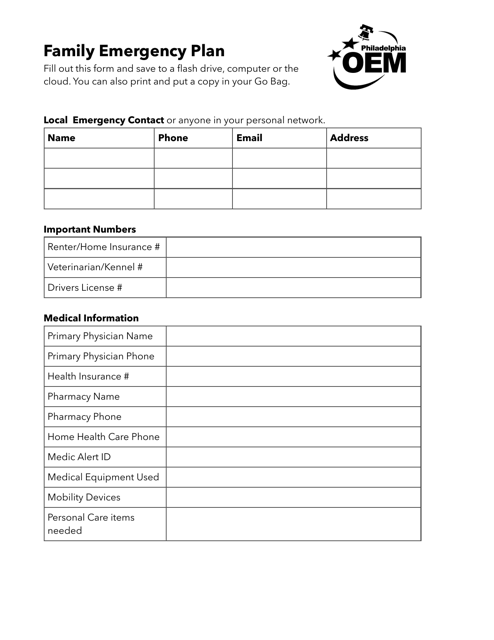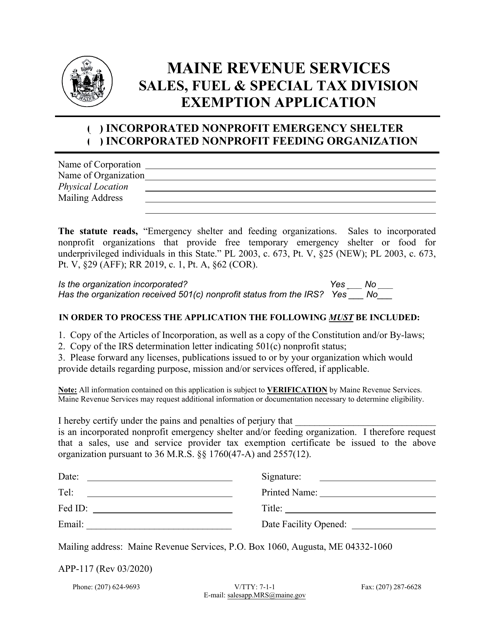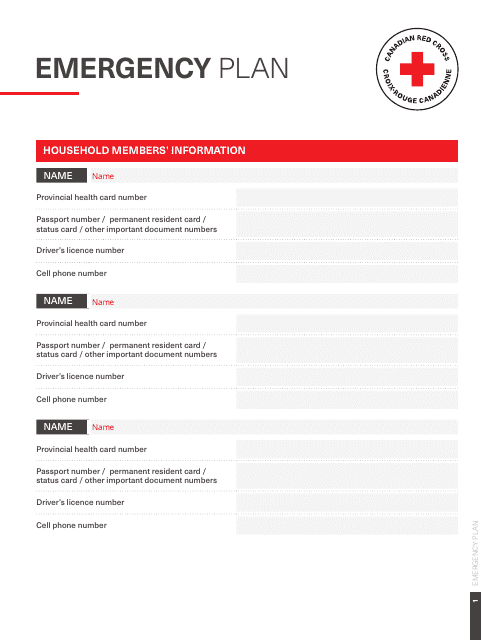Emergency Shelter Templates
Emergency Shelter: Providing Safety and Support During Times of Crisis
When individuals and families find themselves facing emergencies such as natural disasters, domestic violence, or homelessness, emergency shelters play a vital role in providing a safe haven and necessary support. Also referred to as emergency shelter forms or emergency shelter documents collection, these resources are designed to assist those in need and ensure their well-being during challenging times.
Whether it's the Instructions for Form PAW7638775 Family ViolencePrevention Program (FVPP) Shelter Work Plan in Canada, the Form KDOC-0120 Emergency Shelter - Placement Extension Request in Kansas, or the HMIS Project Intake Form - Emergency Shelter & Street Outreach (including PATH) in Georgia (United States), the available documents focus on various aspects of emergency shelter assistance.
Organizations and individuals working in the field of emergency response and social services can benefit from accessing the resources contained within these forms. From obtaining important information about the management and operation of emergency shelters to applying for exemptions and funding opportunities, these documents provide valuable guidance and streamline processes.
Additionally, the Verification of Homelessness form, designed specifically for emergency shelter, hotel/motel vouchers, and supportive services in Georgia (United States), helps establish eligibility and support the provision of essential services to those experiencing homelessness.
The importance of emergency shelters cannot be overstated, and these documents are essential tools for those involved in emergency response and social services. By accessing and utilizing the comprehensive information and guidelines contained within these forms, organizations and individuals can ensure effective and efficient assistance for those in need during times of crisis.
So, whether you refer to it as emergency shelter, emergency shelters, emergency shelter form, or emergency shelter forms, this collection of documents serves as a valuable resource for promoting safety, security, and support for individuals and families facing emergencies.
Documents:
24
This form is used for applying to participate in the Emergency Shelters Program (ESP) in South Carolina.
This document is for organizations in Canada participating in the Family Violence Prevention Program (FVPP). It provides instructions on how to complete the Shelter Work Plan form (Form PAW7638775) used to outline the activities and goals of the program.
This form is used for authorizing emergency shelter placement in South Carolina.
This form is used for the intake process at the Whitehorse Emergency Shelter in Yukon, Canada.
This form is used for requesting an extension for the placement in an emergency shelter in the state of Kansas.
This document is a guide for residents of New York City on how to prepare for emergencies. It provides information on what to do before, during, and after various types of emergencies such as hurricanes, floods, and terrorist attacks. The guide includes tips on creating an emergency plan, assembling a disaster supply kit, and staying informed about emergency alerts and evacuation orders.
This Form is used for collecting intake information for individuals seeking emergency shelter or street outreach services in Georgia, United States.
This document is a shelter triage form used in the state of North Dakota for assessing and prioritizing individuals seeking shelter.
This document provides a list of essential supplies that residents in Lee County, Florida should have during emergencies such as hurricanes or other natural disasters. It includes items like non-perishable food, water, flashlights, and medication.
This document provides information and guidelines for creating a family emergency plan in the city of Philadelphia, Pennsylvania. It helps families prepare in advance for various emergencies, such as natural disasters or other situations that may require evacuation or immediate action.
This document is used for applying for an exemption from certain requirements for emergency shelter and feeding organizations in Maine.
This document lays out the preparedness and responsive strategies to be implemented during a crisis or disaster. It details protocols, roles, and communication structures meant to safeguard lives and properties.

